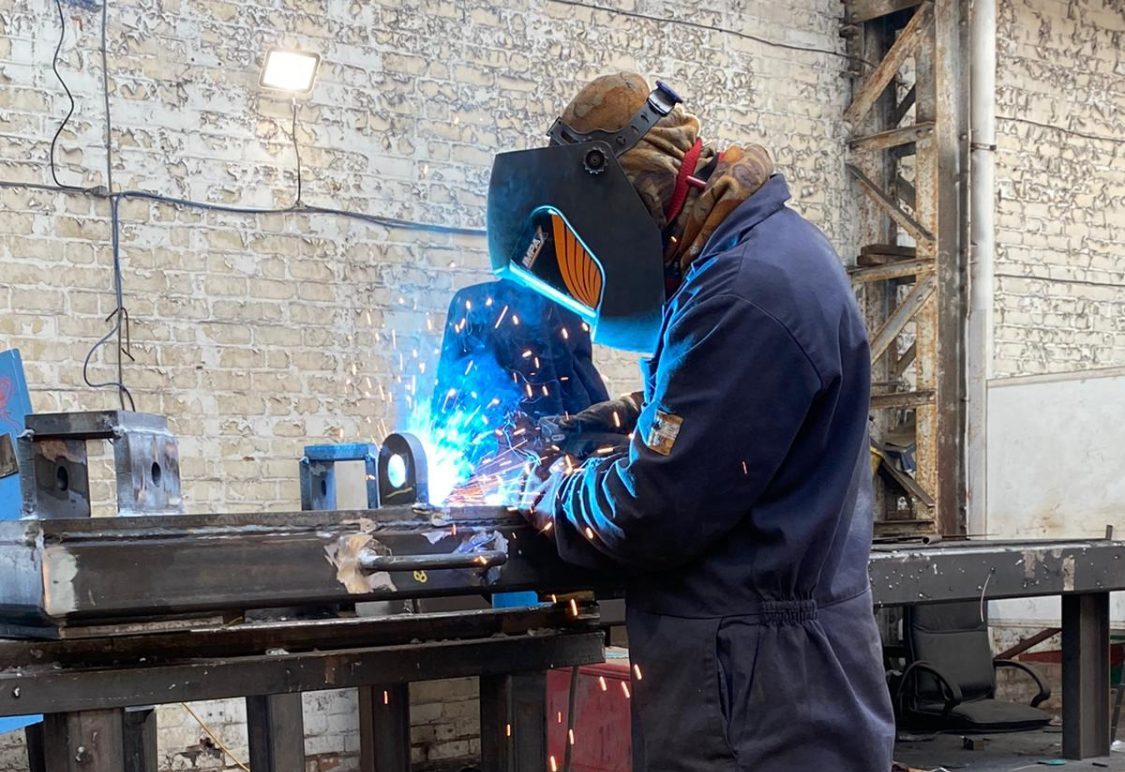What are the different types of Fabrication?
07th Mar

In the fabrication industry there is a wide range of different types of fabrication. Cutting, folding, casting, forging, machining, shearing, punching, stamping, and welding are the most common types of fabrication that are performed during the manufacturing process.
Types of Fabrication Processes
Cutting
Cutting involves splitting or cutting the metal material down into smaller sections. When creating large scale fabrication cutting may be used to create the desired sections. Large sheets of metal will be cut down into either halves or thirds before being shaped however, pre shaped metals may also use the cutting process. This can be done through advancements in technology and cutting tools including water jet cutting, laser cutting, CNC (computer numerical computer) cutting machines.
Forming
Forming is a common metal fabrication process to create a shape or a fold in the metal material. The process involves manipulating the piece of metal forming a bend that is usually done at a 90-degree angle. Forming requires high tech equipment to form shapes in the metal such as CNC press brakes or rolling machines.
Punching
Punching is the process of creating holes in metal workpieces by punching them in using specific machinery. Using metal sheets, the punching device will cut and punch desired shapes or holes on the flat surface of the metal. This can be done using CNC Turret Punch Machines for large scale fabrication. Smaller hand powered punching devices may be used for small scale fabrication.
Shearing
Shearing is a similar process to cutting. It involves removing unwanted material or excess metal material by trimming it in one long cut. One long straight cut is achieved by having two blades: One above the piece of metal and one below the metal. It is the perfect tool for cutting smaller lengths or different shape materials as the as the blades are able to be mounted at angles.
Stamping
Another fabrication process that is common and similar to punching. Unlike punching, Stamping will create an indentation as opposed to punching a hole in the metal. Stamping is done to create letters, shapes or images into a sheet of metal. Stamping machines are often used for coining and four slide forming.
Welding
Welding is probably the most popular fabrication procedure used. Welding involves joining multiple pieces metal together through heat and pressure. The welding process can be used for different types of metal to create any shapes and sizes. The most popular types of welding are MIG and TIG welding, stick or arc welding and spot and stud welding.
MIG (Metal Inert Gas) Welding and TIG (Tungsten Inert Gas) Welding are two of the most common welding procedures we use at FEM for many of our fabrication projects for all industry needs including the construction industry.
Machining
Machining is the process of removing unwanted material from the metal by shaping it. This is commonly done using CNC Machining to ensure the measurements are precise.
Find out more about or machining service and process offered at FEM.
Types of Fabrication of Steel Structures
The structural steel fabrication process begins with the ideation stage. Before the physical labour of fabrication begins, our skilled fabricators will design the structure using specialist software. The design process involves factoring in the requirements, measurements and regulations and compliances needed for the fabrication.
Once the design is finalised the steel metal will involve:
- Cutting
- Forming
- Welding
Once the fabrication processes have been performed the steel structure can be assembled and become operational.
If you would like to know about the structure steel fabrication process, you can find out more here.
If you would like to find out more information regarding a fabrication project or a bespoke fabrication project, you can contact us where are team will be happy to help.